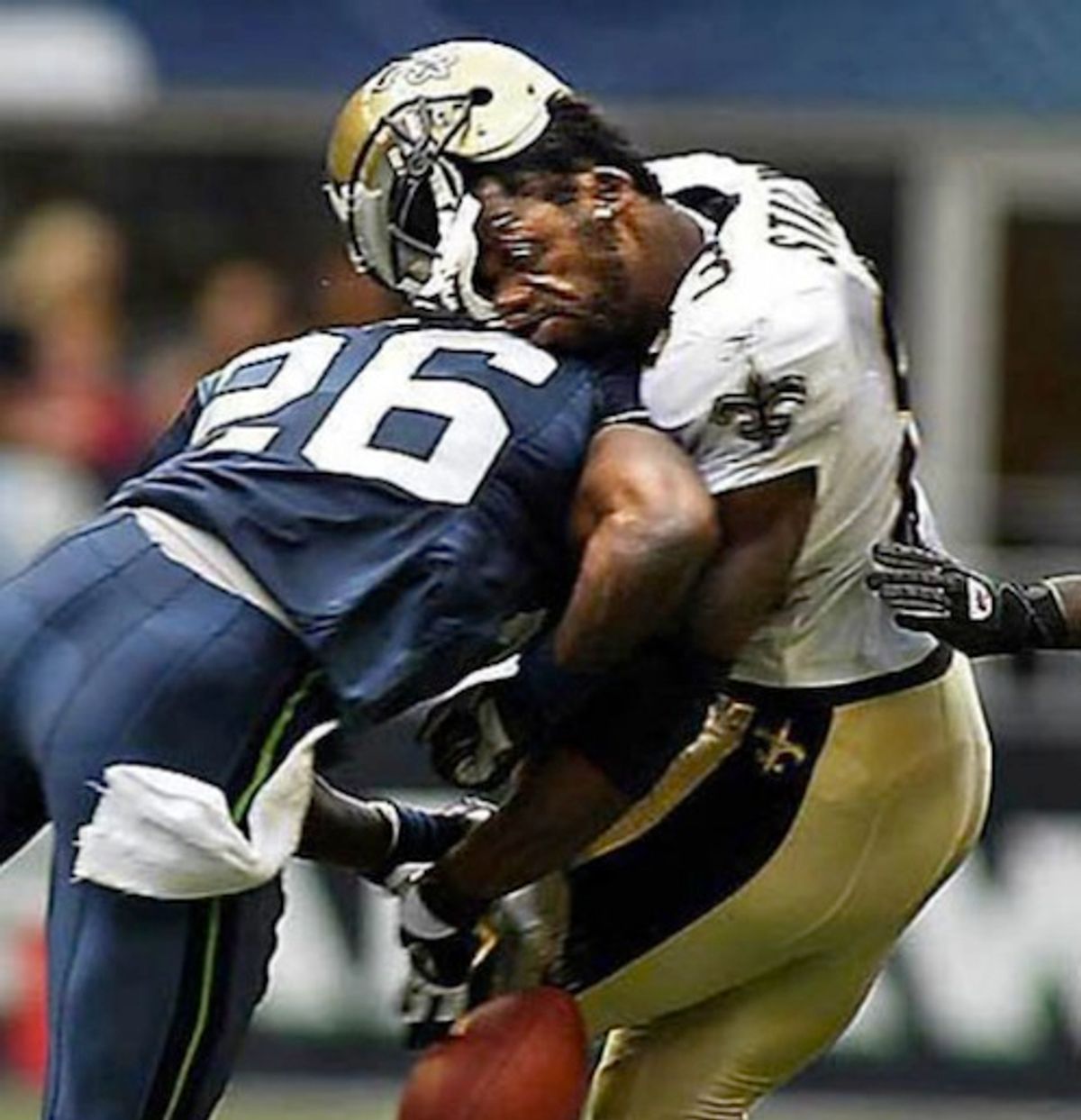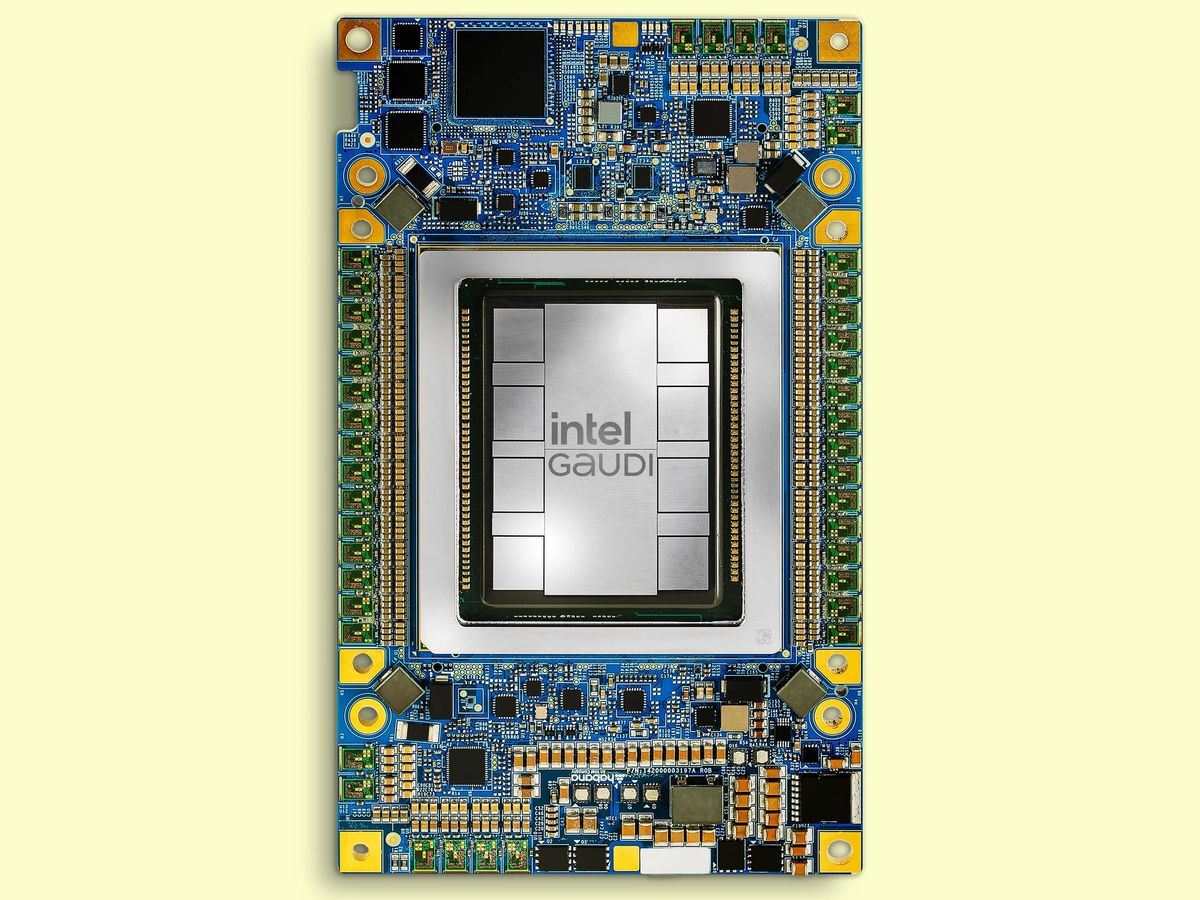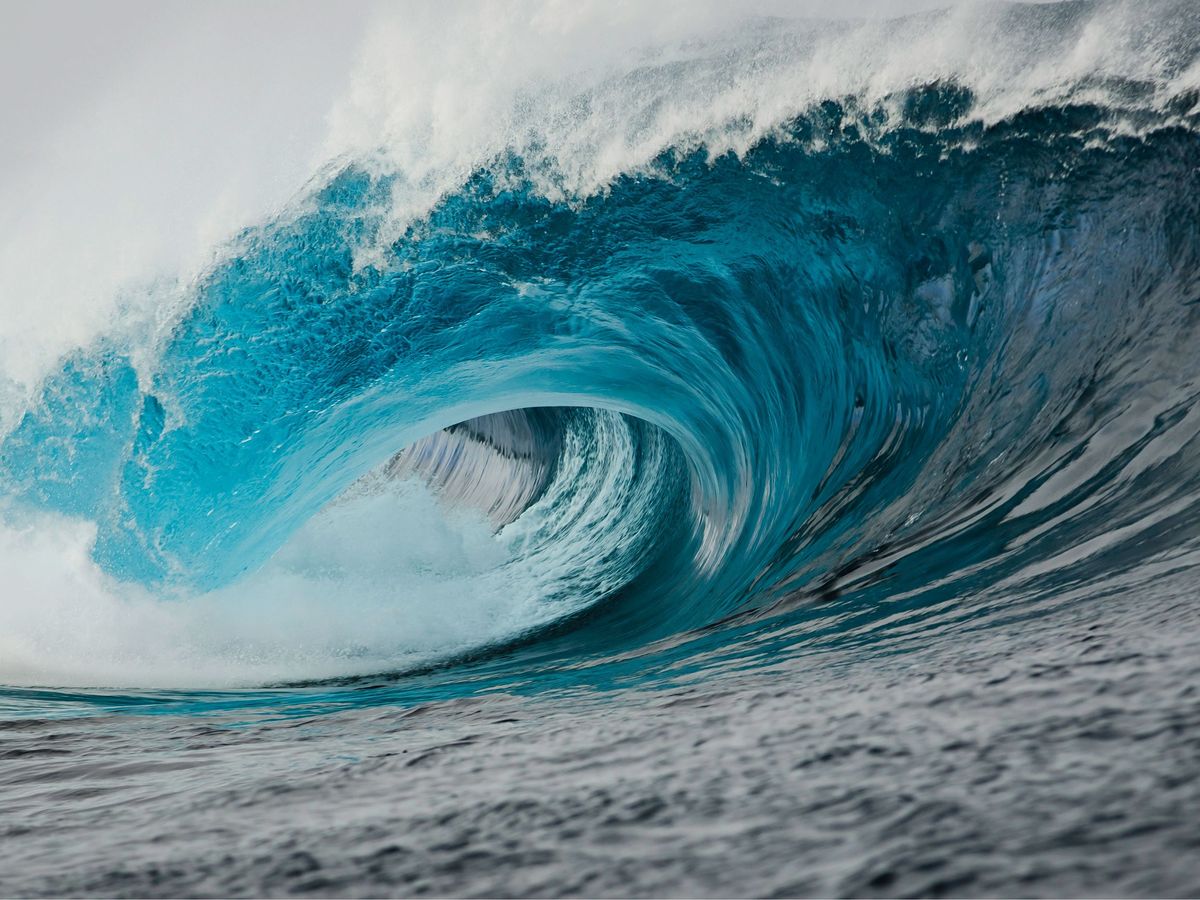Earlier this week, Junior Seau, once one of the most respected and feared defensive players in the National Football League, committed suicide. As if the act were not tragic enough, whispers began almost immediately about whether the 43-year-old Seau might have been suffering from depression and other symptoms of early onset dementia that have been linked to the repeated blows to the head that football players endure over the course of their careers. (The fatal self-inflicted gunshot to the chest came little more than a year after another former NFL great, Dave Duerson, killed himself in the same manner. Duerson, who left notes and text messages requesting that his brain to be donated to Boston University's Center for the Study of Traumatic Encephalopathy, was subsequently found to have dementia likely caused by concussions he suffered on the football field.)
Seau’s death was reported one day after researchers at Virginia Tech released their second annual report (pdf) rating how good a job football helmets do in reducing the likelihood that a player will exhibit signs of a concussion at some point during a season. The Riddell Revolution Speed, the only helmet to earn the highest rating of five stars last year, was joined atop the rankings by two new models: Riddell’s 360 helmet, and the Rawlings Quantum Plus. Two other new Rawlings models—the Impulse and the Quantum—received four stars.
Overall, says the Virginia Tech team, seven helmet models earned four stars; five others—like the Xenith X2, which was introduced since the Virginia Tech helmet ratings were released last year—earned three stars or less. The makers of the models rated two stars and below have immediate cause for concern. “The three lowest rated helmets from last year are now all off the market,” says Steven Rowson, assistant professor of biomedical engineering at Virginia Tech. “It is encouraging to see this positive shift towards better head protection.”
But that shift would likely not have occurred if not for the efforts of scientists and engineers who have been studying the effects of the collisions that happen dozens of times a game when a 1.9-meter-tall, 113-kilogram (6’3”, 250 lb.) muscle-bound missile like Junior Seau launches himself at a ball carrier. When Seau was drafted by the San Diego Chargers in 1990, brain injury was a subject that few knew much about and even fewer took seriously. Only belatedly has the relationship between the accumulation of so-called mild brain injuries and otherwise hard-to-explain deterioration in mental health among former players in their forties and fifties come into focus. Back then, a player who took a shot to the head and exhibited what are now clearly recognized as signs of a concussion was jokingly said to have had his “bell rung.” Because no blood was spilled and no bones were broken, more often than not the player was sent right back out on the field.
Over the last decade or so, researchers have worked tirelessly to zero in on just what happens to a player’s brain when it is subjected to multiple collisions with the force of a car crash. One important advance was the Head Impact Telemetry (HIT) System from Simbex of Lebanon, N.H. Six MEMS accelerometers, a temperature sensor, a wireless transceiver, nonvolatile onboard memory, and a battery pack—all mounted inside a helmet—allow the researchers to measure the movement of the player’s skull with a high degree of sensitivity. The system automatically generates report when a sensor picks up an acceleration that exceeds 10 g.
Virginia Tech’s STAR (or Summation of Tests for the Analysis of Risk) Evaluation System was developed using a mountain of data in a national database comprising over 1.8 million head impacts collected over eight years with the cooperation of college players whose helmets were retrofitted with the HIT system. Now the researchers can simply drop helmets from a given height or strike them with a foreign object to assess the likelihood that a player wearing it will suffer a concussion over the course of a season.
But what they know relates specifically to adult helmets. The next order of business for the group is extending their research to the helmets worn by youth football players. It’s an important step, because of the possibility that mild brain injuries have begun to accumulate even before a player reaches the high school ranks. Though it’s clear that the collisions in Pee Wee leagues are not nearly as violent as those in the NFL, the higher vulnerability of still-developing preadolescent brains may still leave tiny tacklers and puny passers at risk. To that end, the Virginia Tech researchers will begin collecting data this fall by outfitting the helmets of 300 youth football players between ages 6 and 18 with sensors. “As we learn more about youth head impact exposure, we can begin to develop methods to evaluate youth-specific helmet designs,” says Stefan Duma, head of the biomedical engineering department shared by Virginia Tech and Wake Forest University and director of the helmet impact project.
Willie Jones is an associate editor at IEEE Spectrum. In addition to editing and planning daily coverage, he manages several of Spectrum's newsletters and contributes regularly to the monthly Big Picture section that appears in the print edition.



